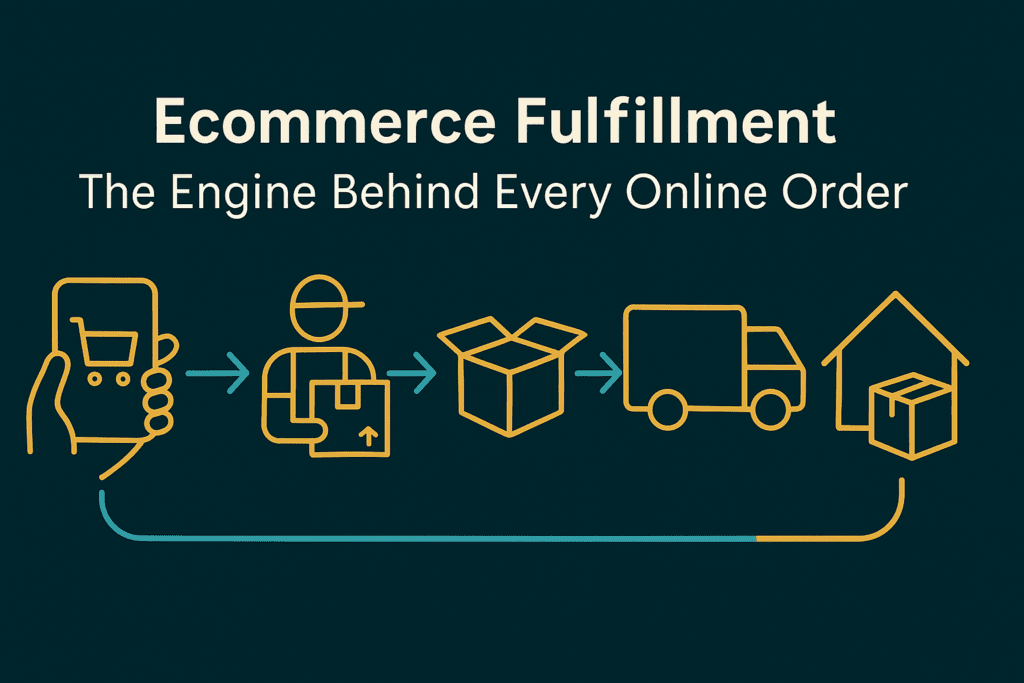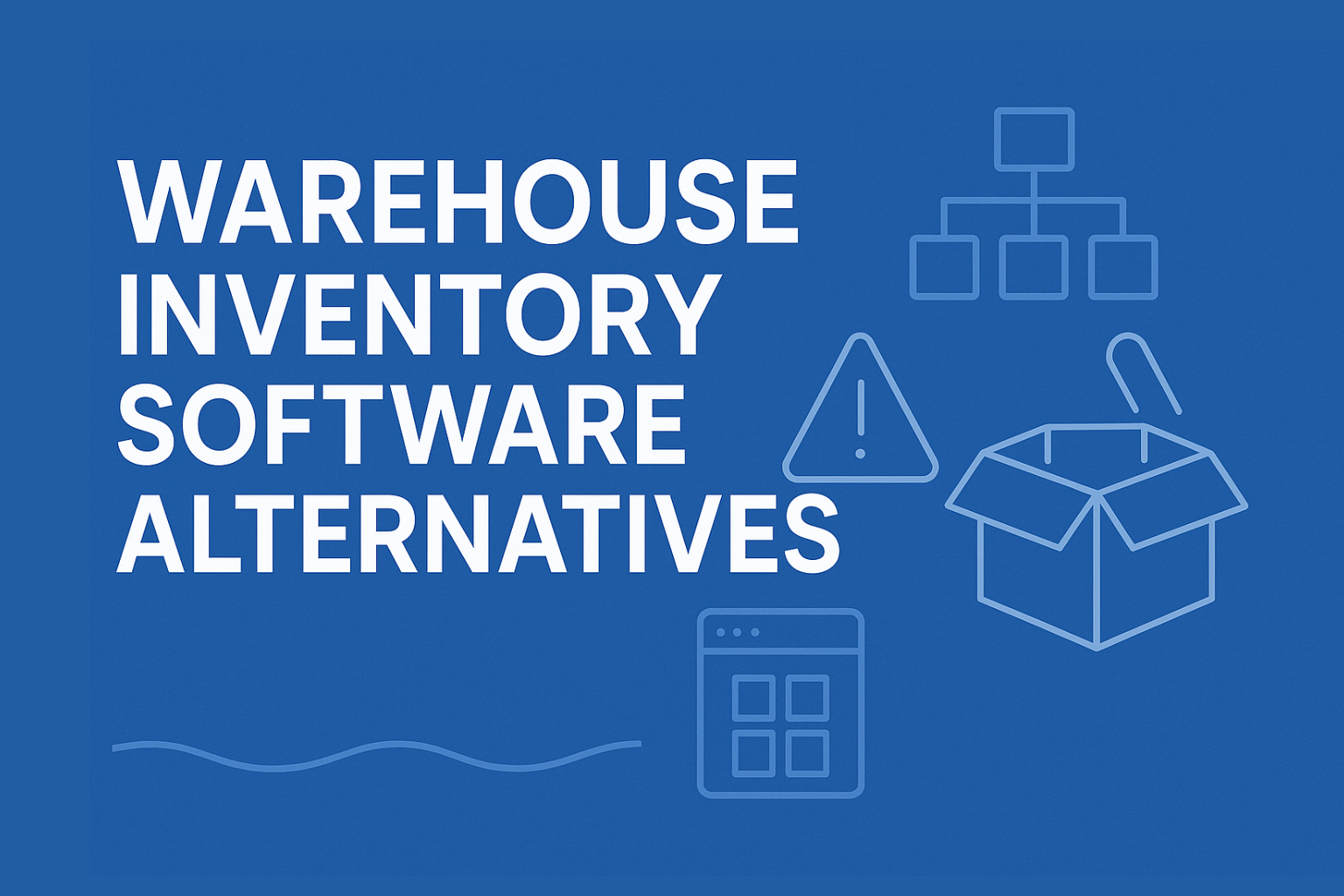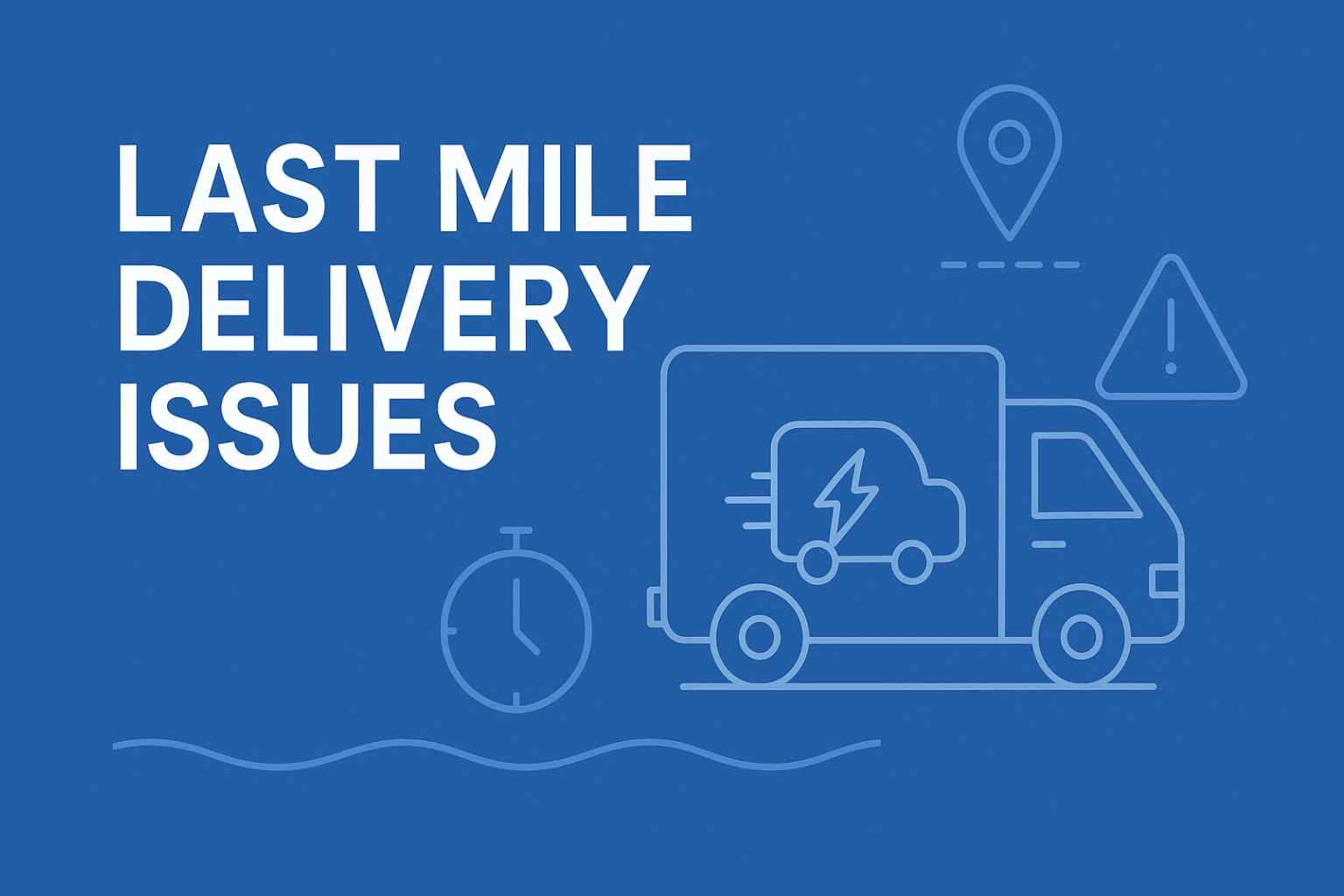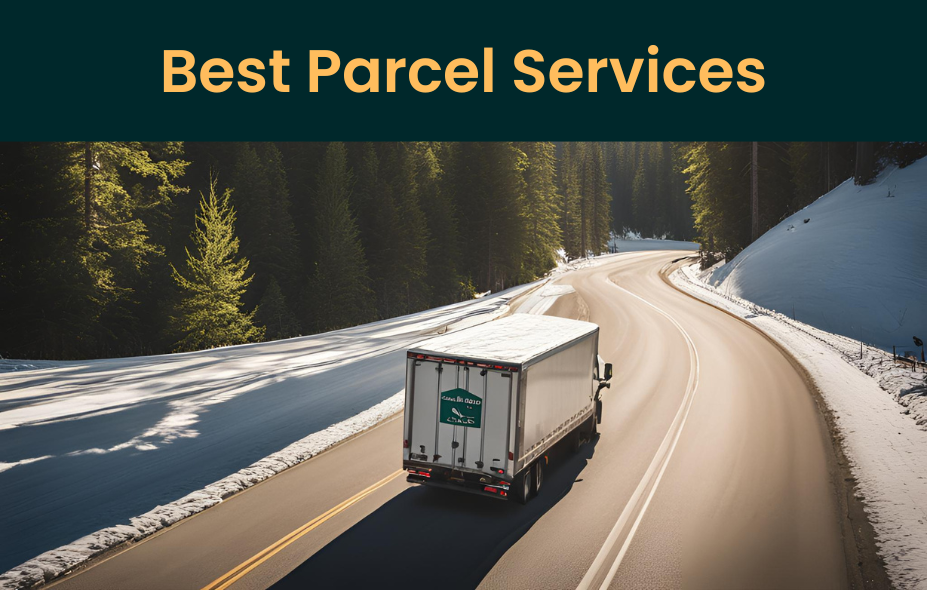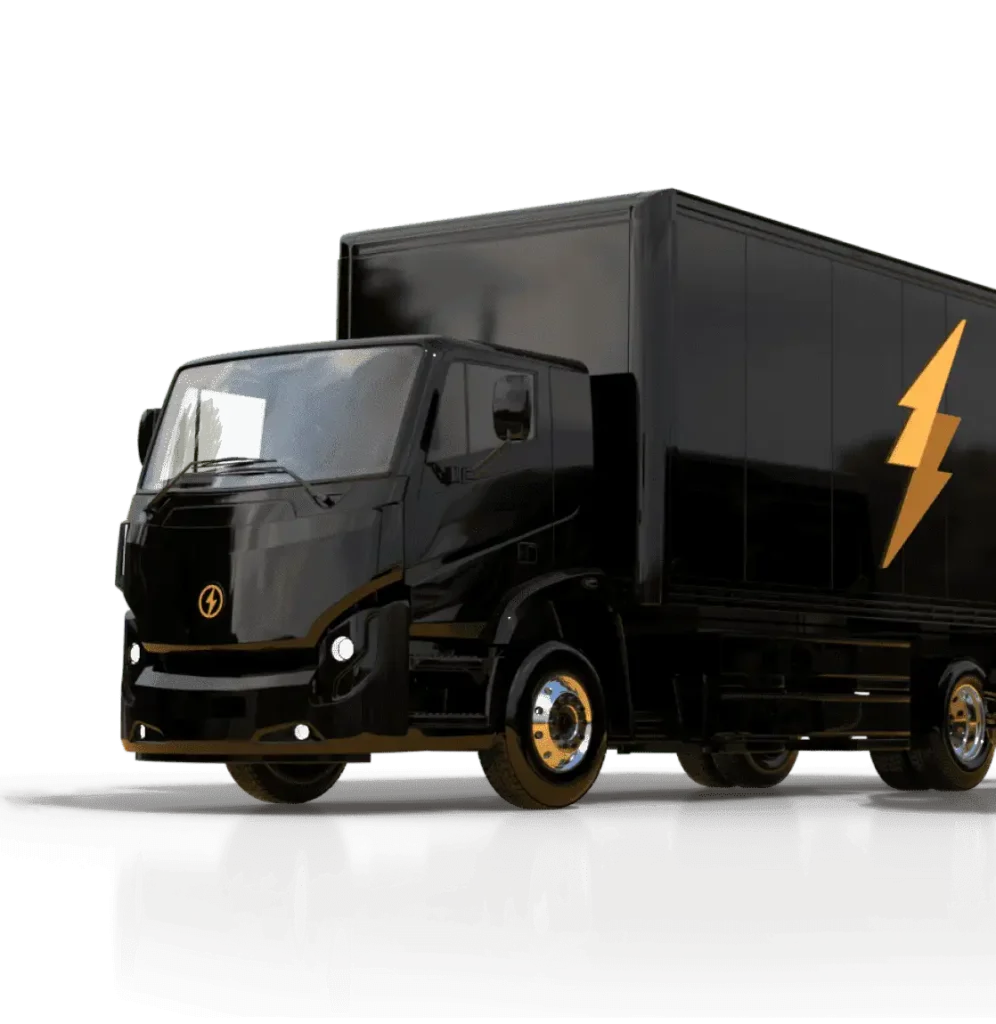Introduction to Ecommerce Fulfillment
Ecommerce fulfillment is getting online orders from the point of sale to your customer’s door. It’s everything from managing inventory and packing products to shipping and handling returns. It’s not just about moving products; it’s about making every step build trust and satisfaction with your brand. Fast delivery, lower shipping costs and accurate stock counts all help your business stand out in today’s competitive market.
The ecommerce landscape has changed how businesses and customers connect. It brings together online stores, payment systems, logistics and customer service into one smooth-running machine. It lets small and large retailers reach global audiences, offering choice and convenience that customers love. As online shopping grows, a well-run fulfillment system is part of your business’s success; every customer has a great experience. Global retail ecommerce sales hit $5.8 trillion in 2023 and are projected to reach $6.56 trillion by 2025, according to Statista. Efficient fulfillment is a key driver of this growth.
Core Components of Ecommerce Fulfillment
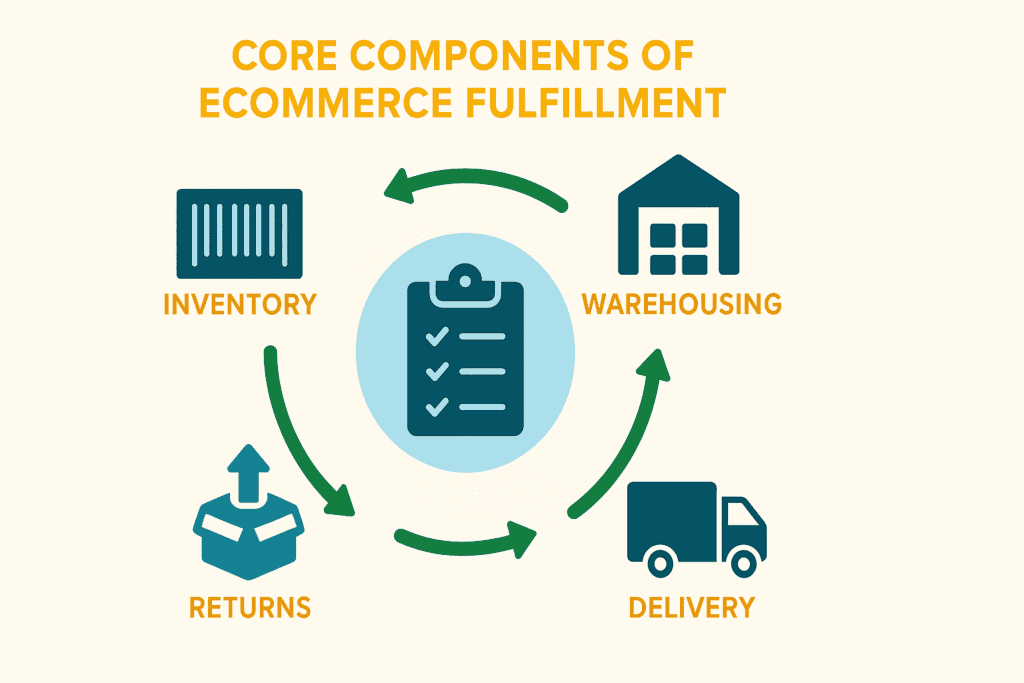
Fulfillment Operations
Fulfillment operations are the engine of any online store. They manage every step of getting an order out the door from the moment it’s placed, through the warehouse and finally to delivery. When these operations run smoothly, you can deliver faster, reduce mistakes and keep customers happy. Smart systems and processes like automated inventory tracking can give your business the edge it needs in a fast-paced market. Melissa Campanelli of Total Retail says ‘Fulfillment isn’t just logistics – it’s the moment of truth where brands either win or lose customer loyalty.’
Inventory Management
Knowing what’s in stock is key to avoiding problems like running out of products or over-ordering. Accurate inventory means you can respond quickly when customers shop and help avoid delays or extra costs. With real-time data on stock levels, you can make better decisions that keep your operations efficient and your customers happy. Good inventory management simplifies the entire fulfillment process. Knowing what you have and where it is means orders are processed faster and more accurately, reducing delays and customer complaints. When you know exactly what you have and where it is, you can optimize storage and speed up delivery times, efficiency and customer trust.
Order Processing
When an order is placed, it kicks off a series of steps. First, the order is received and checked. Next, the warehouse team pick the items, packs them securely and labels the package for shipping. Throughout, the customer is kept in the loop with updates on their order. Every step is designed to be smooth and hassle-free from checkout to delivery.
The faster and more accurately you process orders, the happier your customers will be. Quick delivery creates reliability, which encourages repeat business. Delays or mistakes can cause frustration. Prioritizing efficient order processing means you’re meeting customer expectations and building a loyal customer base.
Warehousing and Storage Solutions
Your warehouse is more than just a storage space. It’s the heart of your fulfillment process. A well-organized warehouse helps you pick, pack and ship orders quickly and correctly. Modern warehouses use smart systems and even automation to keep everything running smoothly so your customers get their orders on time, every time.
There are several storage options available, each with its pros and cons. On-site storage gives you control, but can be expensive and inflexible. Cloud-based or hybrid solutions offer scalability and cost savings, but you may trade off a bit of control for convenience. Choosing the right storage strategy is key to balancing cost, efficiency and flexibility.
Picking and Packing
Picking and packing are the core of order preparation. Once an order is placed, warehouse staff or automated systems retrieve the items, check them for quality and package them safely for shipping. This process is all about precision and speed; every package must be prepared correctly and arrive in perfect condition.
Accurate picking and careful packing are key to avoiding errors. When every order is handled with care, you build trust and keep your customers coming back. Fewer mistakes mean fewer returns and a smoother overall experience, which is good for your brand and your bottom line.
Shipping and Delivery
Offer standard, expedited or same-day delivery, and you can cater to different customer needs. Each option affects how orders are processed and delivered. Deborah Wheeler, Chief Supply Chain Officer at FedEx, says ‘Flexible shipping options are no longer a luxury – they’re a necessity to meet today’s customer expectations. Fast shipping can be a big draw, but it must be balanced with cost and efficiency. You want to offer choices that make customers happy without complicating your operations.
Shipping carriers are the final link in your fulfillment chain. The right carrier ensures fast and reliable delivery. Cost vs speed is important as quick delivery builds customer confidence and encourages repeat business. Choosing carriers that match your service levels can make a big difference to your overall customer satisfaction.
Fulfillment Strategies and Models
Fulfillment Models
There are several fulfillment models to consider. Dropshipping lets you sell products without holding inventory, where orders go straight from the supplier to the customer. Third-party logistics (3PL) means partnering with specialists who handle warehousing and shipping for you. Each model has its pros and cons, so the best choice depends on your business size, product type and growth plans.
Fulfillment Providers
Fulfillment providers can take the hassle out of logistics by handling storage, packing and shipping for your business. They bring expertise, technology and a network of warehouses that help you scale quickly and efficiently. By outsourcing these tasks, you can focus on other parts of your business while still delivering a smooth order experience for your customers.
When choosing a fulfillment partner, look for experience, solid technology and strategic warehouse locations. Check their pricing, ability to scale and additional services like custom packaging or returns management. Communication and security are also key. The right partner will help you deliver orders quickly and reliably and support your business as it grows.
Scalability and Ecommerce Growth
As your business grows, your fulfillment operations need to keep up. Investing in strong warehouse management systems, embracing automation and using data to forecast demand can all help. You may also consider partnering with 3PL providers for peak times or expanding your network of warehouses to serve more areas efficiently.
Ecommerce has forced businesses to innovate their fulfillment processes. More orders mean you must fine-tune operations to avoid delays and mistakes. By using smarter systems and flexible strategies, you can meet growing demand without compromising on delivery speed or customer satisfaction.
Technology in Ecommerce Fulfillment
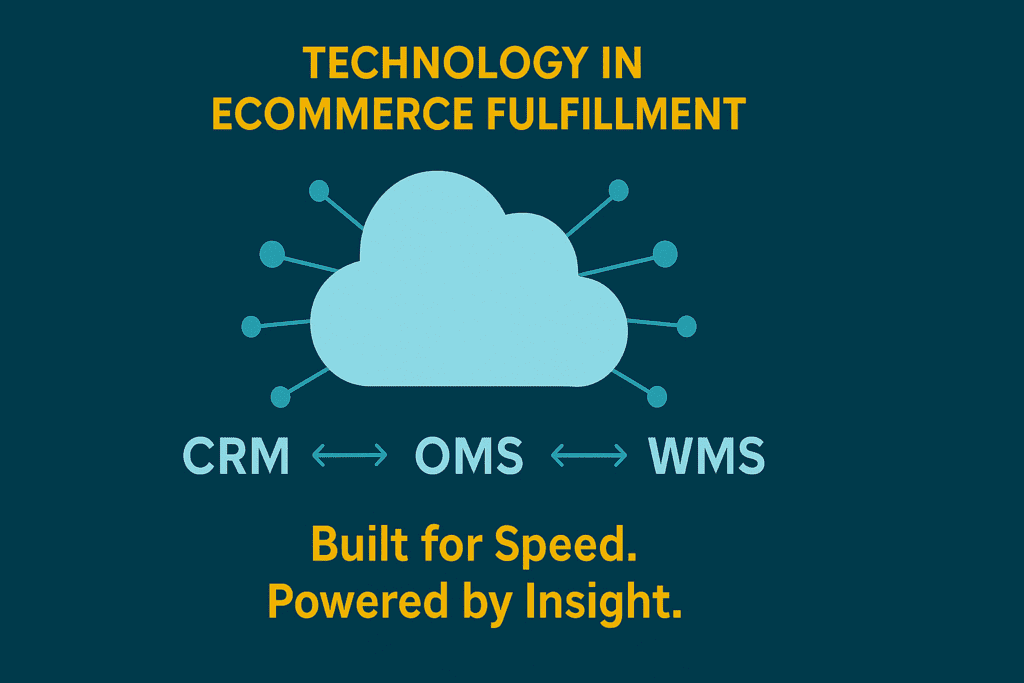
Fulfillment Software and Systems
Fulfillment software is the hub of your online orders. It tracks inventory, manages orders and creates packing lists in real time. Automating many tasks reduces errors and speeds up the whole process, so you can focus on growing your business while keeping customers informed.
A strong warehouse management system (WMS) helps you run your warehouse like a well-oiled machine. It improves inventory tracking and order processing while optimizing space and labour. With better visibility and data insights, you can make smarter decisions that drive efficiency and customer satisfaction.
Fulfillment Technology and Innovation
New technology is changing how orders are fulfilled. Tools like artificial intelligence for smarter inventory management, robotics for faster picking and even drones for last mile delivery are becoming more common. McKinsey’s 2025 Supply Chain Report reveals 65% of ecommerce warehouses have adopted robotic automation, cutting picking times by 30%. These innovations reduce errors, speed up processes and give your business a competitive edge.
Using the latest tech means orders get processed faster and more accurately. This not only improves efficiency but also makes your customers happier with quicker and more reliable delivery. In a world where every minute counts, smart tech solutions can set you apart.
Challenges and Solutions in Ecommerce Fulfillment
Fulfillment Challenges
Ecommerce fulfillment isn’t without its problems. Balancing inventory to avoid overstocking or running out, maintaining order accuracy, controlling shipping costs and managing returns can be tough. Peak seasons and sudden demand spikes add extra pressure, while keeping everything visible and on track is a constant challenge.
Solutions and Best Practices
To tackle these challenges, invest in reliable inventory management and automate picking and packing as much as possible. Partner with a 3PL during busy times and explore omnichannel options like in-store pickup to ease the pressure on your system. Clear customer communication is key to managing expectations, too.
Focus on a few core practices: streamline your warehouse layout, use technology to track performance and keep your team flexible through cross training. Review your processes regularly and look for ways to improve. With a focus on efficiency and customer service, your fulfillment operations will run smoothly and support your business growth.
GoBolt’s Expertise in Ecommerce Fulfillment
As ecommerce fulfillment gets more complicated and customer expectations get higher, GoBolt stands out for its fully integrated tech-driven approach to modern retail. By combining proprietary fulfillment software, automation-enabled warehouses, and a carbon-neutral delivery fleet, GoBolt helps brands streamline every stage of the order lifecycle – from real-time inventory tracking to last mile delivery. Its scalable infrastructure and embedded sustainability principles mean businesses can fulfill orders faster, more accurately and with minimal environmental impact. With a model that supports direct-to-consumer and omnichannel, GoBolt enables retailers to be agile while delivering consistent high quality customer experiences.
Conclusion
Ecommerce fulfillment is the foundation of online retail success. It all starts with accurate inventory and smooth order processing backed by smart warehousing and reliable shipping partners. Every step from the moment an order is placed to delivery builds trust and customer loyalty.
The future of fulfillment looks bright. Automation, same-day delivery and eco-friendly practices are just a few of the trends on the horizon. By keeping an eye on these innovations and adapting your strategy, you can stay ahead of the competition and continue to delight customers in a fast-paced digital world.


